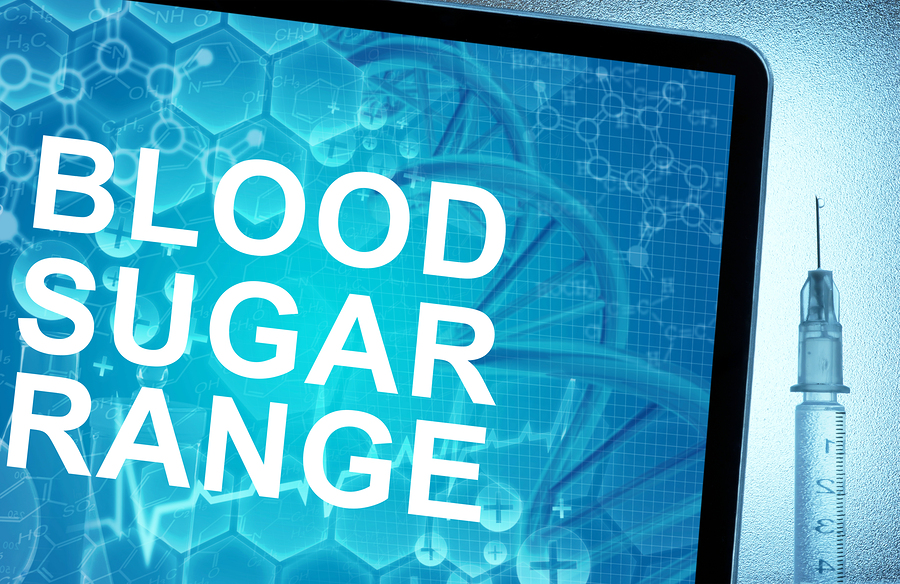Blood Glucose Log Sheet

Important reasons to use a blood glucose log sheet… even if you aren’t diabetic!
Contrary to popular belief, understanding the body's sugar or glucose levels through a blood sugar level chart is not only for folks who have diabetes. As the matter of fact, it can be used as an early warning if the body will develop diabetes and in some instances be the key to preventing diabetes mellitus. However, even with a blood glucose log sheet, maintaining a healthy blood sugar or glucose level can still be a difficult task for some, depending on how their body utilizes and responds to glucose.
In normal cases, blood glucose, which is the main means of transporting energy to all of the body's cells, is maintained and regulated by insulin - which in turn, is the chemical that injects blood sugar to the various cells of the body.
Whenever food that contains simple carbohydrates enters the body, extra insulin is produced to remove the extra glucose from the blood. Having too much glucose in your blood will damage your blood vessels. Insulin is responsible for removing the excess sugar and transporting it into the cells of your body where it is either used for energy or is stored as fat. Since your body can only use a certain amount of glucose at any one time, meaning that a large meal filled with carbohydrates will quickly exceed what your body can store to use in the short term (glycogen reserves), insulin has gotten the nickname “the fat storage hormone”.
Medical experts agree that eating a meal that only includes sugar, simple starches and other simple carbohydrates without a healthy fat or protein source makes the body a little bit more hyperactive as the body cells receive a sudden boost of energy. This is quickly followed by a slump and fatigue as your body quickly works to lower your blood sugar levels back down to normal to protect your blood vessels. This cycle can cause some people to have crazy food cravings or to become very irritable.
This ability to maintain the body's sugar levels significantly diminishes over time when one develops diabetes. Several things can breakdown causing diabetes:
• Type one diabetes is when, for a variety of reasons, the pancreas completely stops or drastically reduces its insulin production.
• Type two diabetes is when, for a variety of reasons, your body becomes less capable of transporting the sugar out of your blood.
• Insulin resistance can occur where the cells stop allowing insulin to transport the sugar from your blood into the cells. Instead they require more and more insulin to do the same job, tiring the pancreas out and exceeding its insulin reserves.
Reasons to use a Blood Glucose Log Sheet
In all of these cases, tracking your blood sugar levels using a blood glucose log sheet gains paramount importance as the body stops automatically using up "extra" glucose in the bloodstream. By tracking your blood sugar levels, you will quickly see whether you have a problem and you can identify foods that are raising your blood sugar levels and either start avoiding them or start consuming them only along with healthy fats or proteins to slow the release of the sugar into your blood.
As I mentioned before, too much blood sugar damages small blood vessels in youe body and the typical first victim are your eyes since there are quite a lot of small blood vessels lining your eyes. Hence, keeping a blood sugar level chart is vital to prevent damage to blood vessels and other serious complications.
A normal person's body glucose ratio normally ranges in between 4 to 8 mmol/l. This unit measures how much glucose or sugar is present per liter of blood plasma. As said, your body adjusts to the many factors affecting the blood sugar or glucose in the body.
Your blood sugar levels will vary depending on how long it has been since you ate, what you ate, what kind of exercise you have been doing (if any) as well as how much sleep you have had.
Your normal body glucose level before meals should be somewhere between 4 to 7 mmol/l. Ninety minutes after a meal, as your body begins to intake digested food, it may go up to just below 10 mmol/l. Before and during your sleep, as your body prepares to rest, your body sugar typically stabilizes at 8 mmol/l. Read Normal Blood Sugar Levels for more information about what you want your blood sugar levels to be.
Going below these levels is harmful too. This condition known as hypoglycemia or low blood sugar levels and can lead to fainting or even coma. In mild cases it can cause clumsiness. When severe, it can sometimes lead to death. If asleep, hypoglycemia or low blood sugar can cause nightmares and feeling tired or confused after waking up.
In normal people, whenever the body's glucose level goes dangerously low, it triggers hunger, thus prompting the person to eat in an effort to raise their blood sugar. For people who have trained their bodies to run on ketones (like we did for millions of years before the advent of modern agriculture), their body will burn fat stored in their fat cells for energy providing them a long, sustained source of energy.
In the end, maintaining good sugar levels in the body is important not only to maintain good health but in keeping the body in optimum shape and the mind in optimum attention. Utilizing a blood glucose log sheet to track your blood sugar levels is a great idea so you can quickly see patterns and identify potential issues.
Get a Free Blood Glucose Log Sheet
Click here to get the blood glucose log sheet I use to track my own blood sugar levels. I’ve used this log sheet for over 7 years and have continuously improved it so that everything I need to know is tracked in the smallest possible format. Get my Blood Glucose Log Sheet Now.
text



New! Facebook Comments
What do you think? Share your thoughts below...